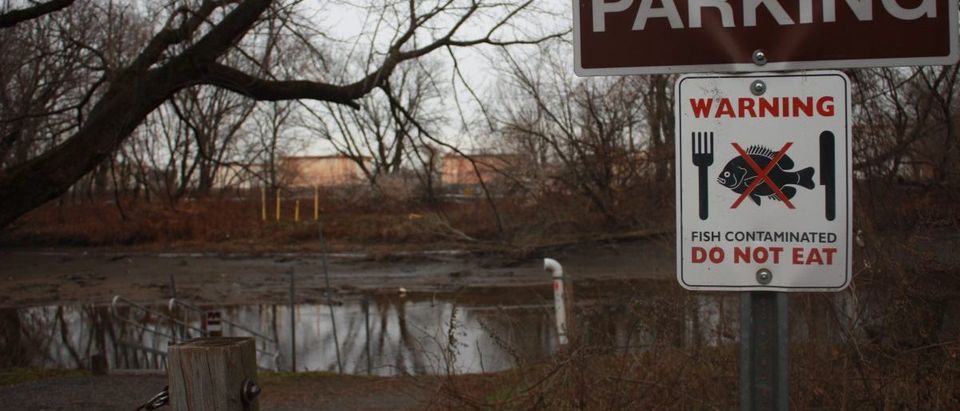PHILADELPHIA — Environmental Protection Agency (EPA) officials let pollution threaten a community “in the minority” with limited money and influence for more than 35 years, a local environmental activist said.
Congress ordered the EPA and Fish and Wildlife Services (FWS) to study and clean pollution at the FWS-owned John Heinz National Wildlife Refuge at Tinicum near Philadelphia, Pennsylvania in 1980. Little waste has been cleaned up since that time and contaminants are still leaking into the Darby Creek, running through the refuge, even though it was made a Superfund site in 2001. (RELATED: Wildlife Refuge Polluted For Nearly 50 YEARS As EPA ‘Studies’)
“It’s been a long, slow process,” Darby Creek Valley Association President Jaclyn Rhoads told The Daily Caller News Foundation. “We’re all frustrated. The residents are frustrated.”
“If it were in a much more affluent community or had people with connections to elected officials, you might have seen quicker action,” she continued. “They’re still waiting for a final action that fully addresses the problem.”
Rhoads’ association has fought to protect the Darby Creek watershed since 1988. The group received EPA funding in recent years to hire an expert that can explain the agency’s scientific findings in a way the public can understand.
The Eastwick community in southwestern Philadelphia was among the neighborhoods the pollution at the refuge affected. Eastwick’s 26 percent poverty rate was double the national rate, and its median household income was around $15,600 short of the country’s median household income.
The neighborhood is also 43 percent black – more than triple the national ratio.
“We’re talking about a community that is in the minority,” Rhoads told TheDCNF, regarding the neighborhood’s income level. “We’re not talking about an affluent community that can pull together their resources and fight back. They didn’t have resources to leverage.”
Eastwick, for example, didn’t “have the resources to hire a lawyer,” Rhoads told TheDCNF, though “they now have support of a community legal firm.”
Meanwhile, the Navy is currently in litigation about its share of the pollution harming Darby Creek, though its contaminants were discovered in 1969. Other polluters the EPA identified include a local county government, hospitals and defense contractors.
Pollution has seriously harmed the ecosystem and area fish consequently aren’t safe for human consumption, EPA reports through the decades have shown.
Nearby residents have also complained about ties between the pollution and cancer since at least the 1980s. Eastwick had a “statistically significant” greater number of cancer cases, according to a study the EPA commissioned in 2012 – decades after pollution dangers were discovered.
Additionally, the Darby Creek occasionally floods into Eastwick, carrying pollution from a closed landfill on the Superfund site with it, according to Rhoads.
“We’re talking about pollution from the clear view landfill migrating out into the community and not just staying in the creek,” she told TheDCNF. Eastwick residents fought off a developer seeking to develop on a 100-acre parcel of land that likely would have increased flooding, Rhoads noted.
Meanwhile, pollution dangers at a privately owned and polluted Superfund site about 10 miles away in the somewhat-industrialized Chester, Pennsylvania were discovered around the same time as those at the refuge.
That site was fully cleaned in about a decade, though census data shows its poverty rate and the percentage of its population which is black, are higher than Eastwick’s, with a lower median household income.
Follow Ethan on Twitter. Send tips to ethan@dailycallernewsfoundation.org.
All content created by the Daily Caller News Foundation, an independent and nonpartisan newswire service, is available without charge to any legitimate news publisher that can provide a large audience. All republished articles must include our logo, our reporter’s byline and their DCNF affiliation. For any questions about our guidelines or partnering with us, please contact licensing@dailycallernewsfoundation.org.












